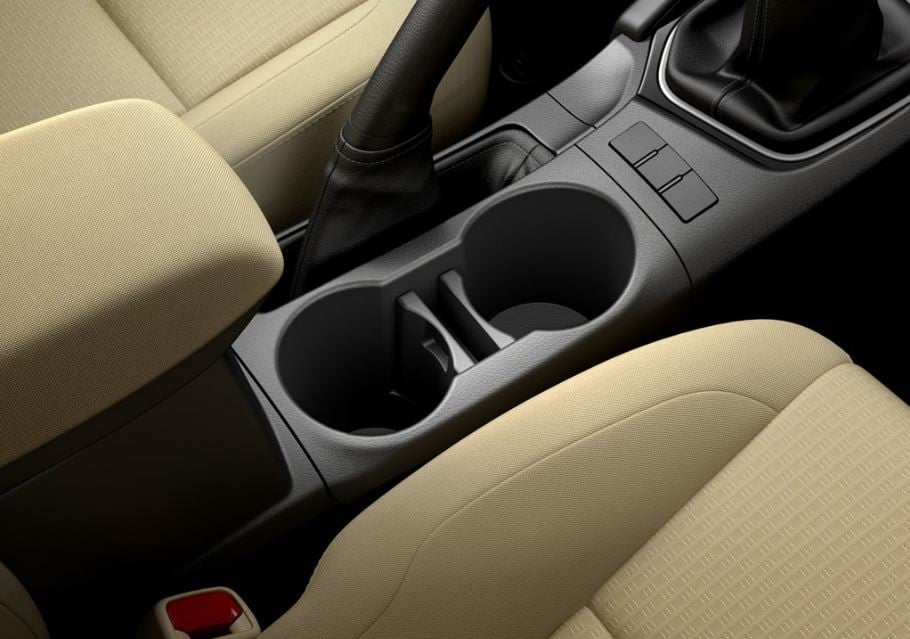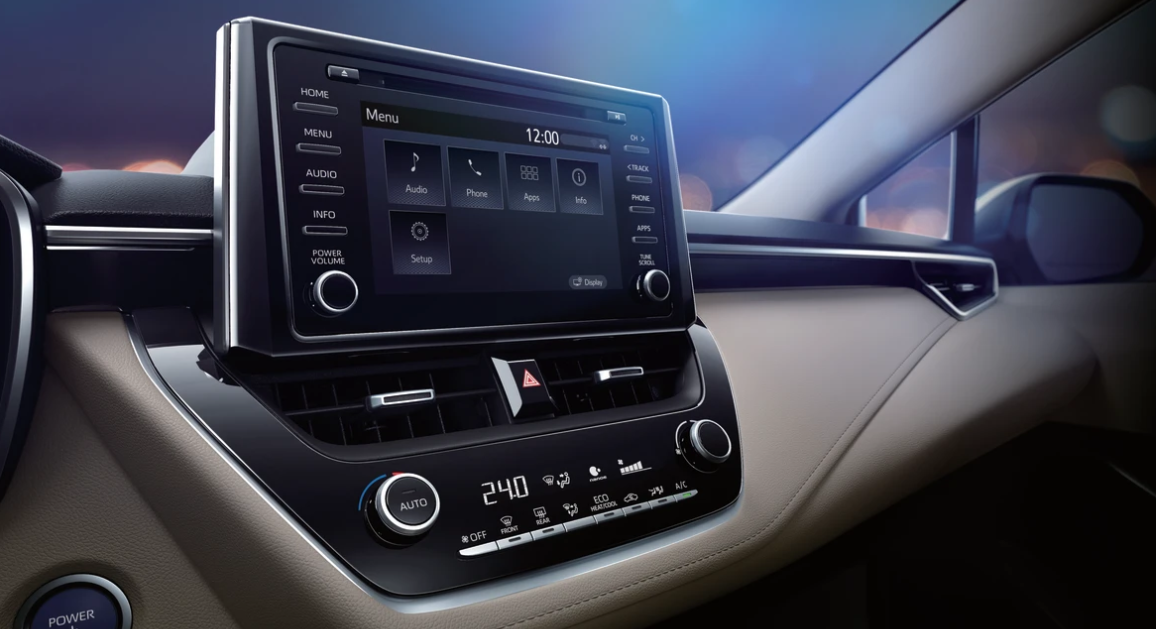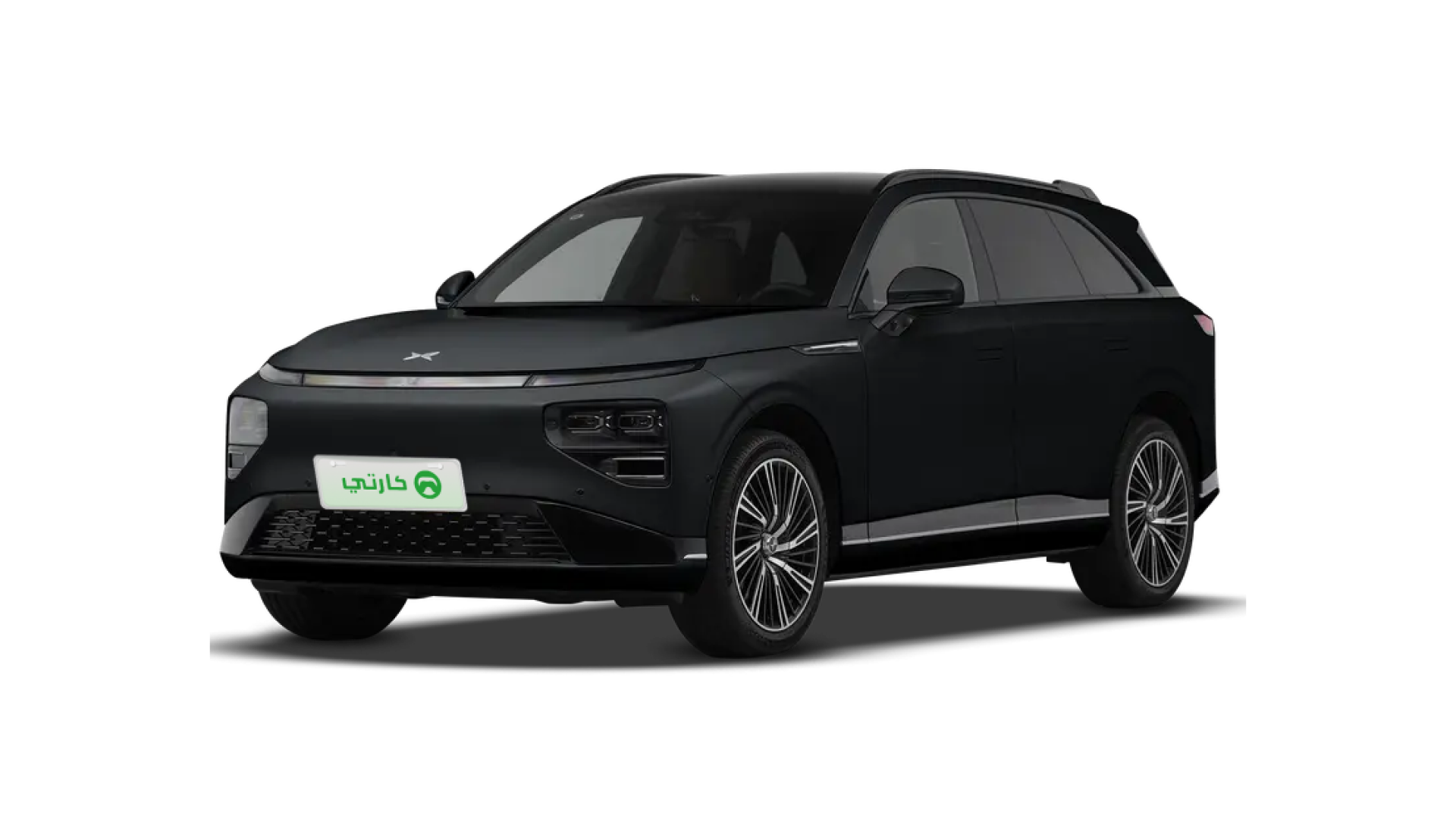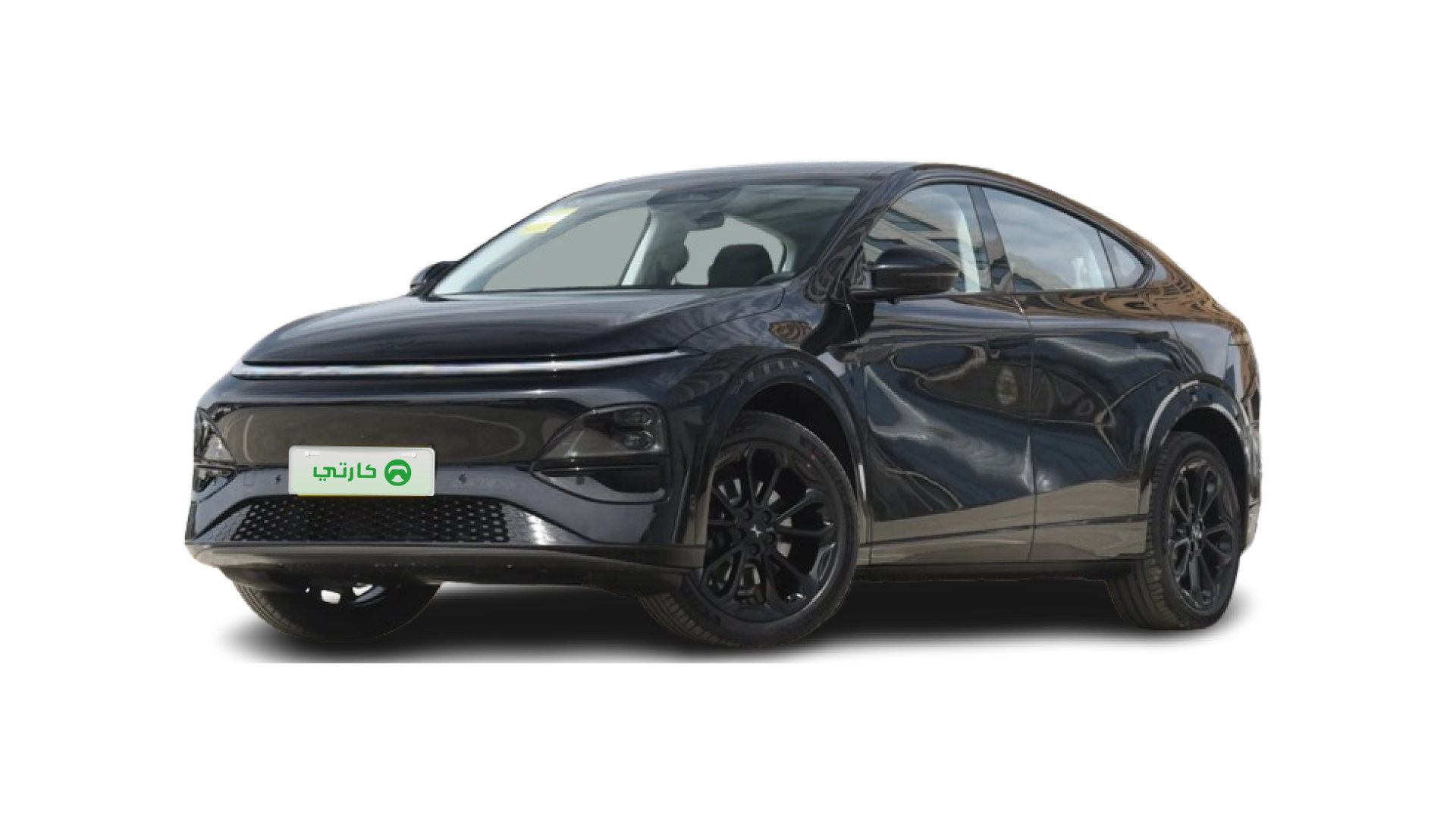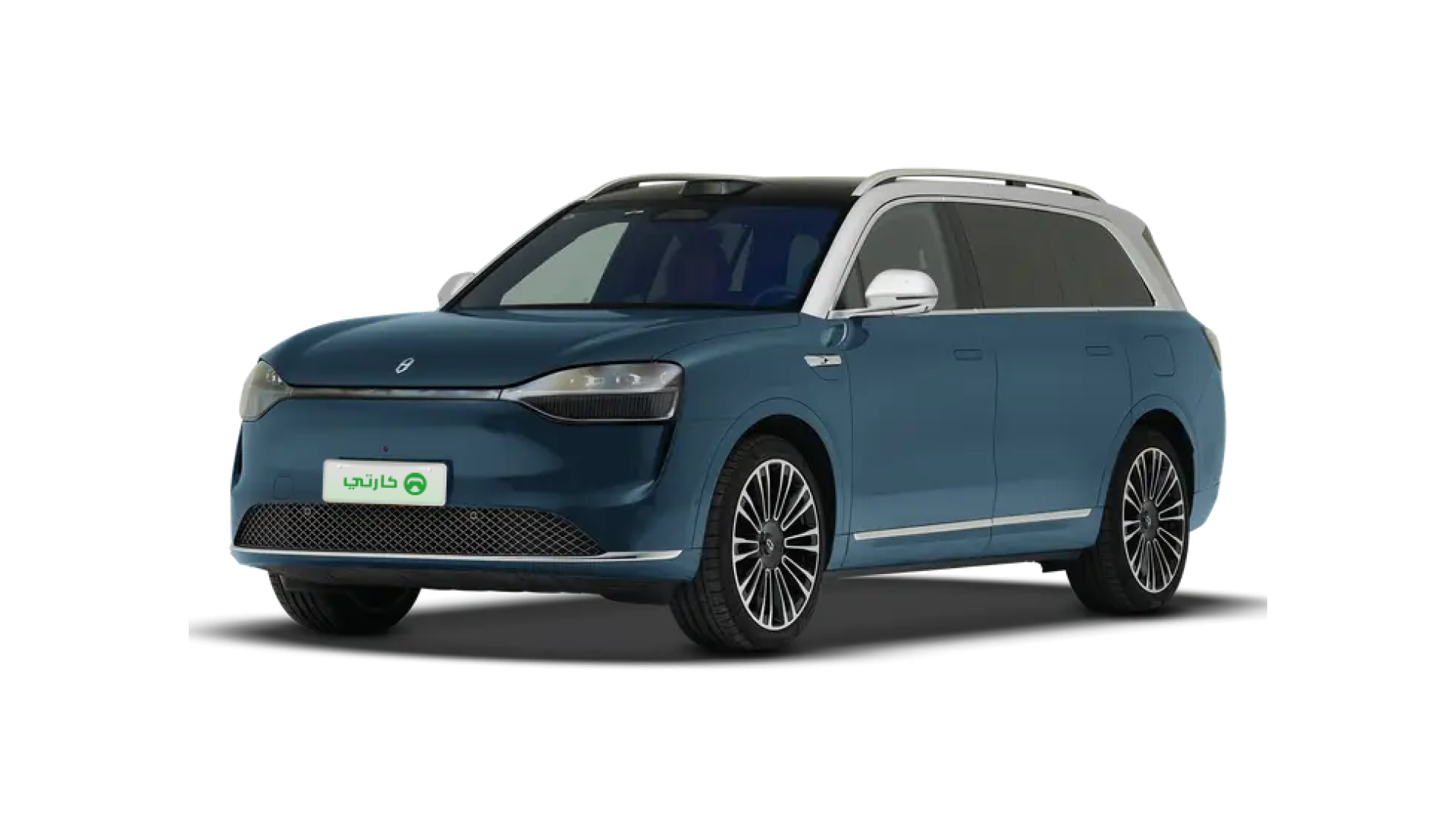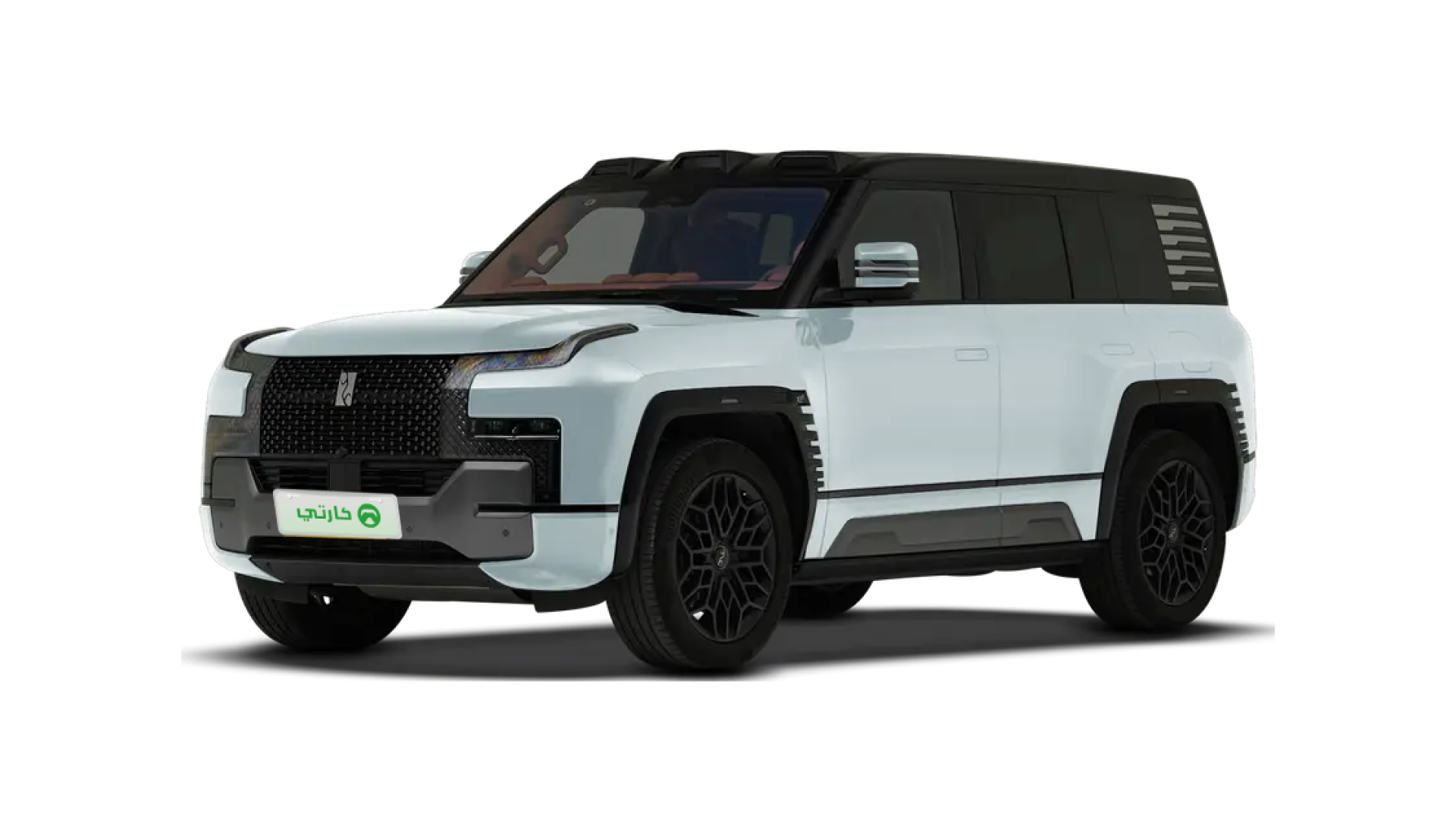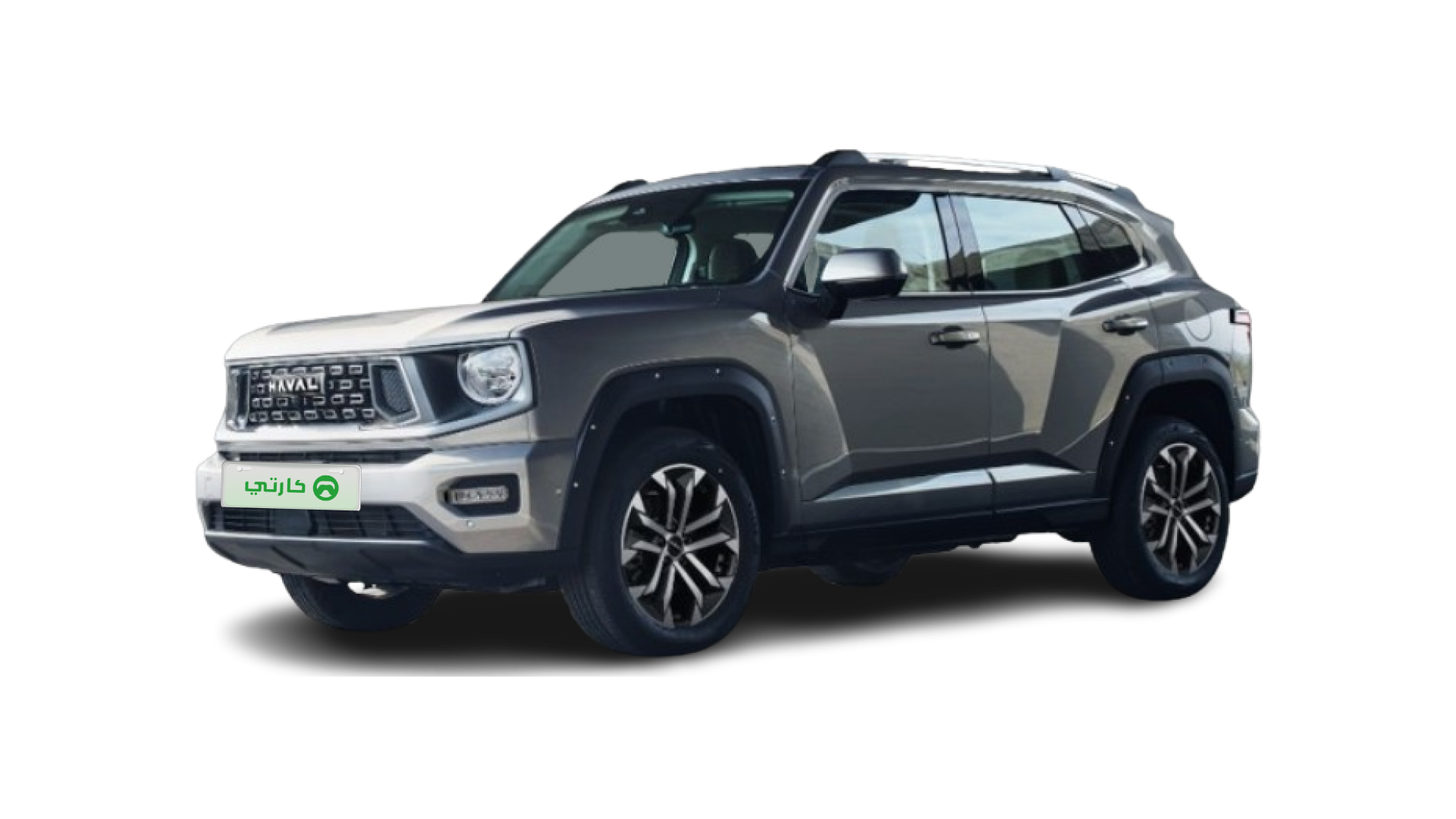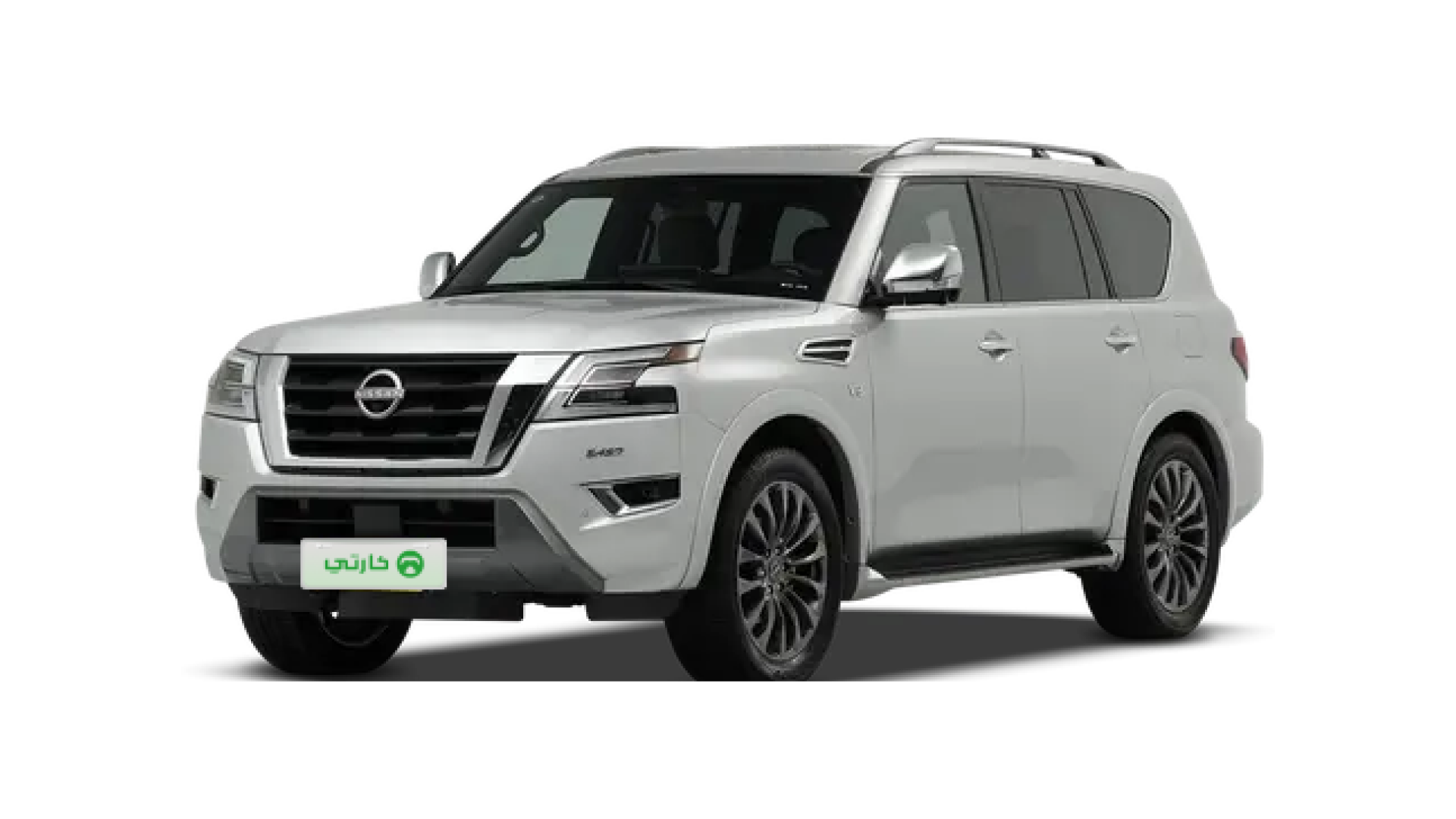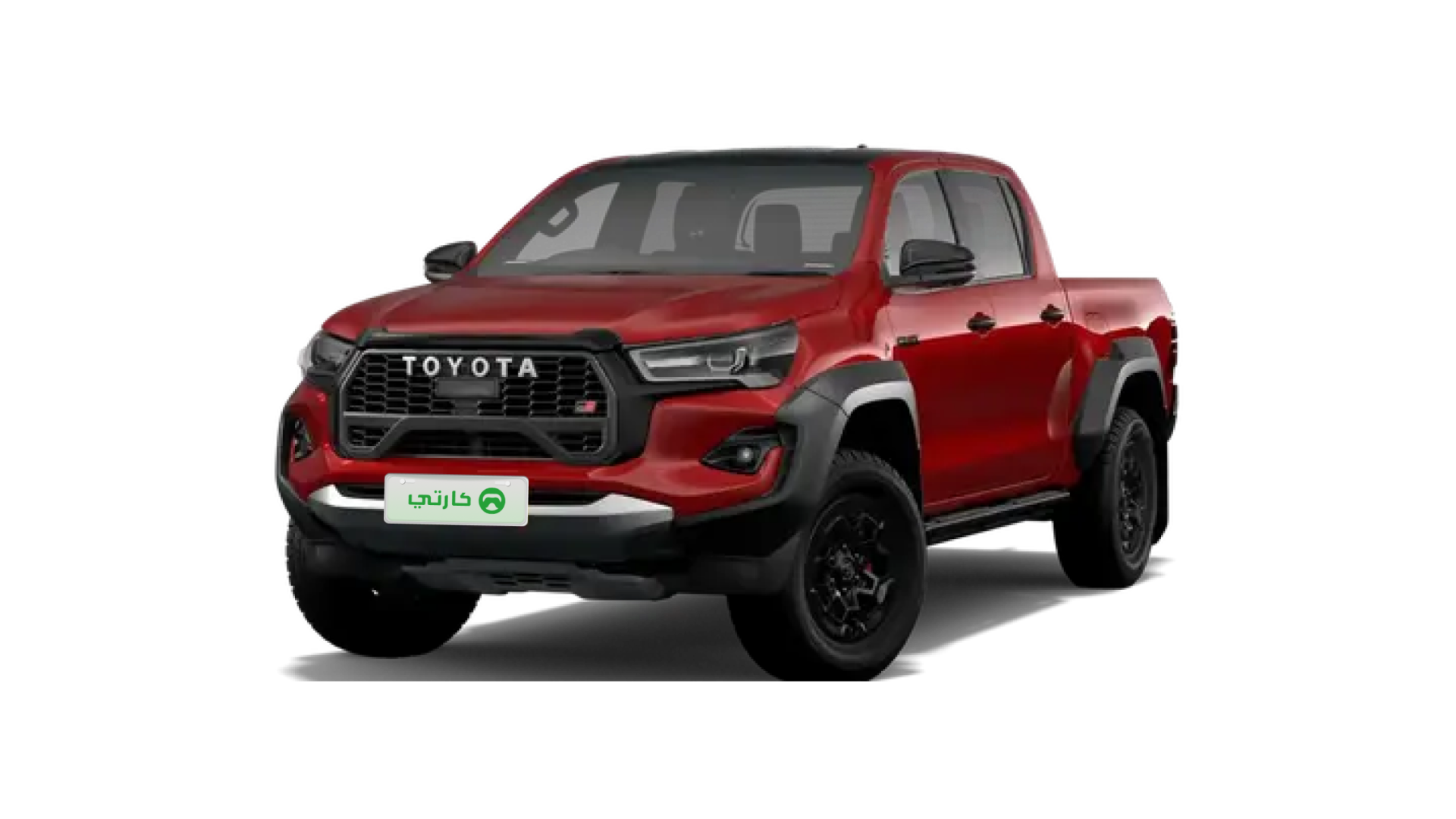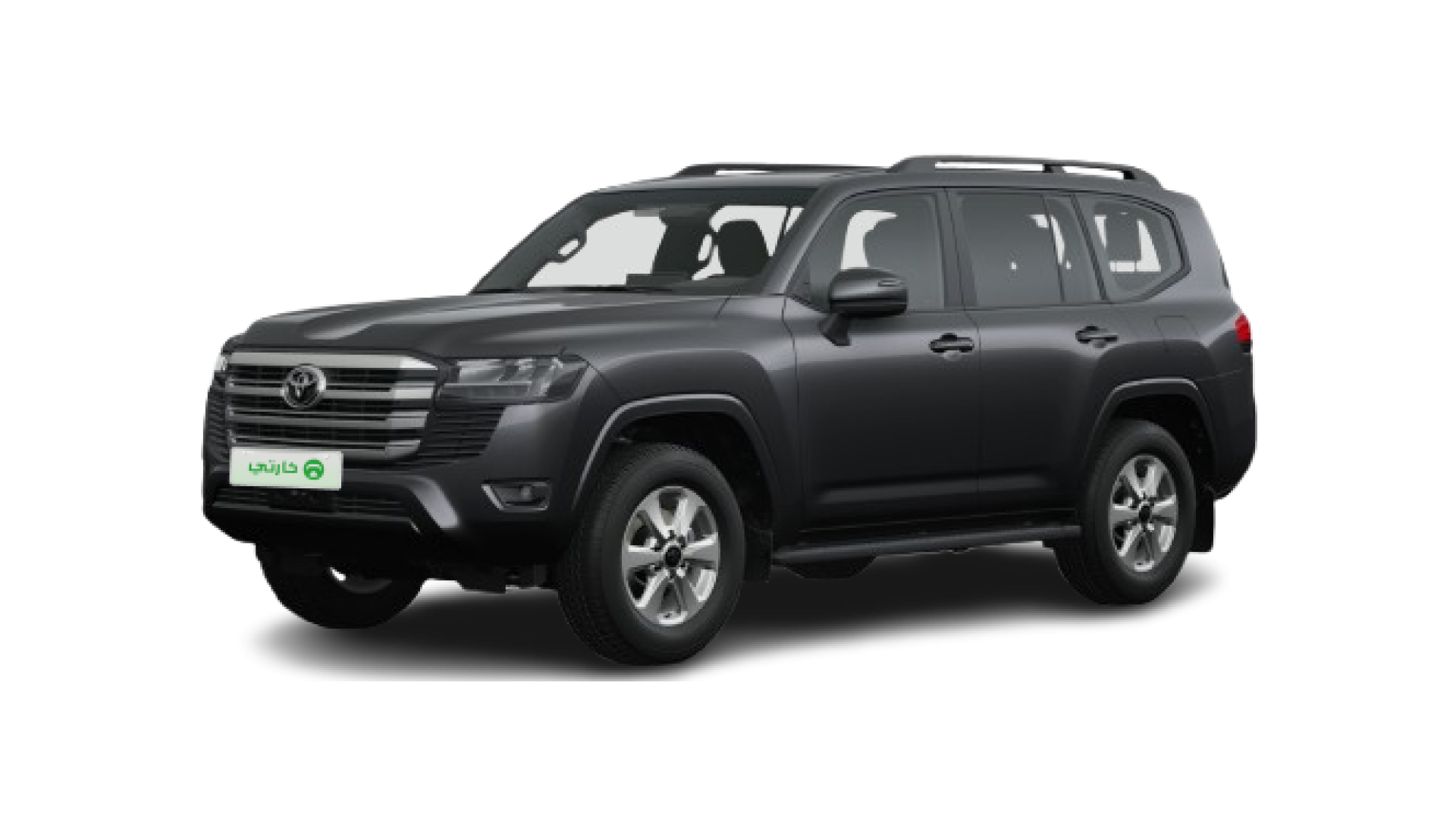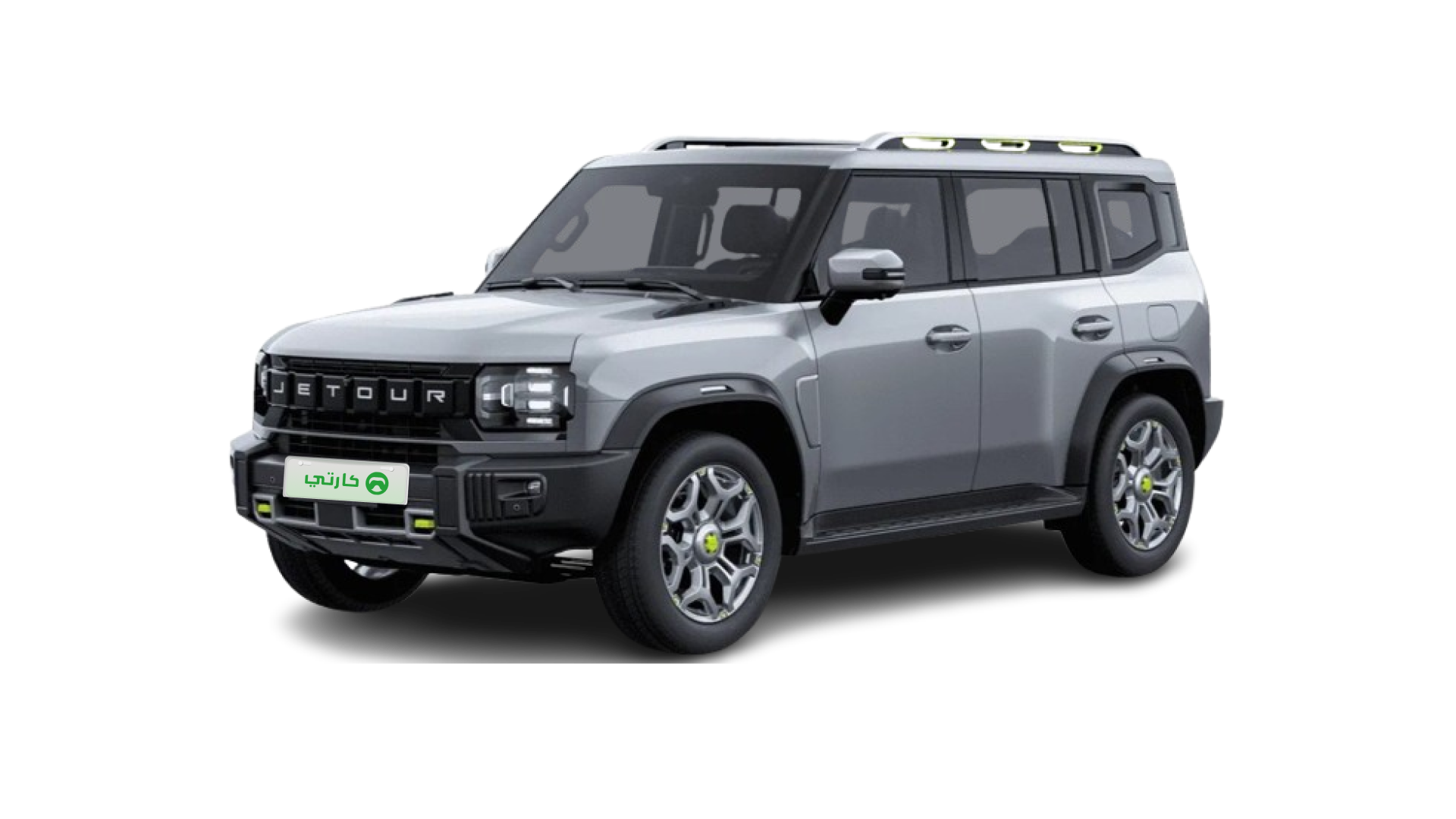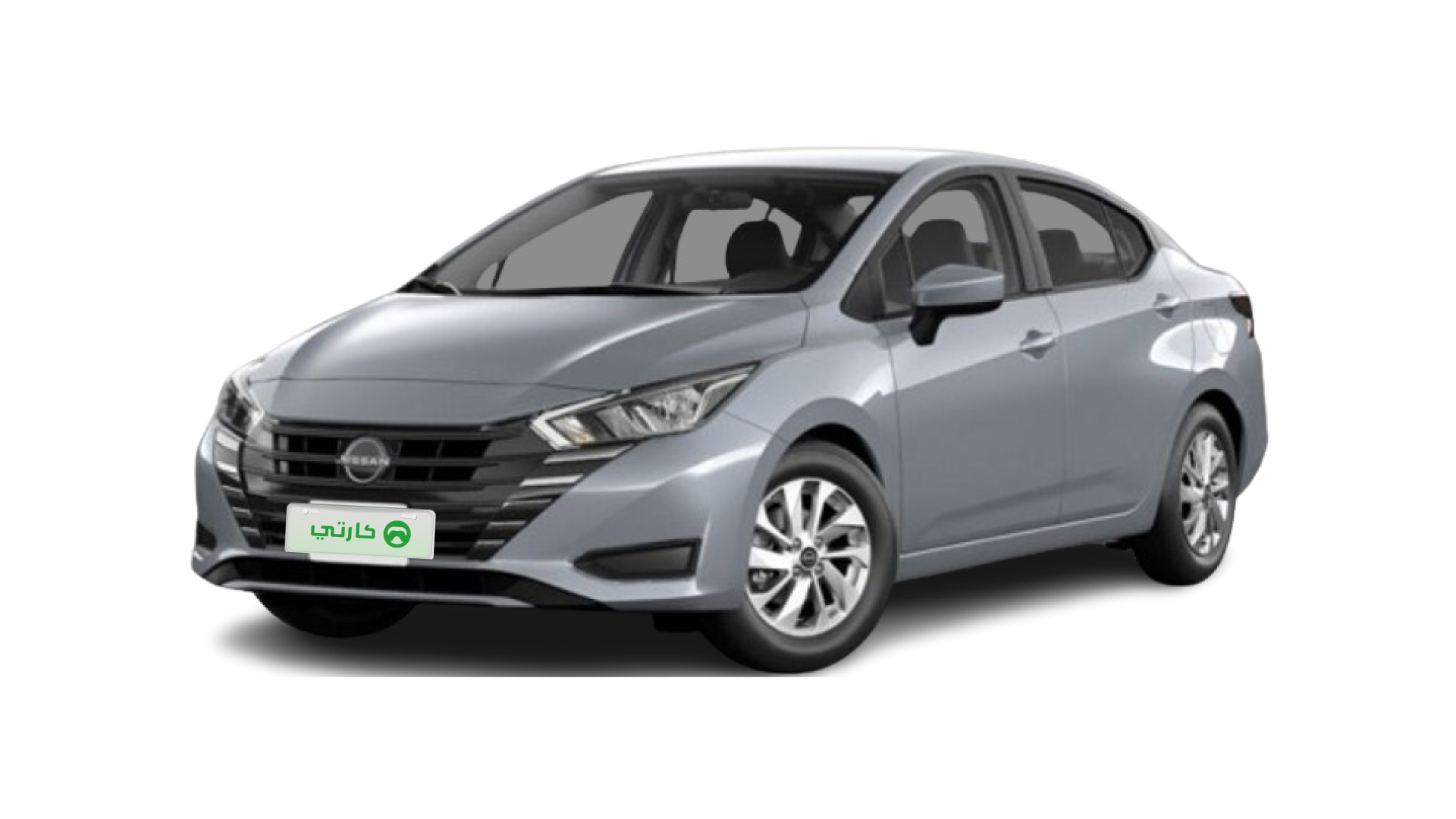Are you ready to elevate your driving safety and style? The Corolla back lights are not just a design element but a crucial component for road safety. Dive into our guide to learn how to keep your rear light assembly in excellent condition and explore upgrade options that are perfect for 2025 models.
How to Maintain Your Corolla Tail Lights in 2025
Maintaining your Corolla tail lights is key to preserving both safety and aesthetic appeal. Here’s how you can ensure your rear light assembly remains in peak condition:
3 Essential Cleaning Techniques
Monthly Surface Wipe: Use a soft microfiber cloth to remove dirt and debris from the light casing. This keeps the surface clean and maximizes light output.
Bi-weekly Lens Polishing: Apply a UV-resistant compound to polish the lenses. Regular polishing not only enhances clarity but also prolongs the lifespan of your bulbs.
Annual Seal Inspection: During your routine vehicle servicing, check the gaskets and seals to prevent moisture ingress. Ensuring the seals are intact can help avoid internal condensation that might affect performance.
Bulb Replacement Made Simple
Replacing your Corolla back lights bulb is a straightforward process that requires minimal tools. Consider these steps when handling your vehicle in 2025:
Open the trunk and remove the lining panel to access the rear light assembly.
Carefully rotate the bulb socket counterclockwise to release it.
Remove the worn-out W21W halogen bulb and replace it with a new one. Prices generally range between AED 25/SAR 25 to AED 40/SAR 40 at authorized dealerships.
Always test the light function before reassembling to ensure it is working perfectly.
Re-secure the weatherproof gasket to maintain optimal sealing against moisture and dust.
Top 2025 Upgrade Options for Rear Lights
Modern advancements have paved the way for significant improvements in rear light technology. Upgrading to an LED system not only modernizes your vehicle but also enhances visibility and energy efficiency.
LED Conversion Benefits
Feature | Halogen | LED |
|---|---|---|
Lifespan | 1,000 hours | 30,000 hours |
Energy Use | 55W | 15W |
Visibility | 120° | 210° |
Upgrading to LED may also allow for smart light systems that include features like dynamic brake light intensification and progressive turn signals. For many owners in the UAE, this switch has become a popular option as it aligns with local vehicle standards and improves overall driving safety.
Smart Light Systems
Some 2025 models now offer enhanced capabilities, including:
Dynamic brake light intensification that adapts to your driving conditions
Turn signal progress displays that provide clearer communication to other drivers
Automatic sensors that detect dirt on the lens, ensuring optimum functionality
Solving Common Back Light Issues
When your rear light assembly starts showing signs of trouble, addressing the issue early can save you both time and money. Consider these common symptoms and what they might indicate:
Frequent Warning Signs
Intermittent Failures: Often linked with wiring issues, an occasional light failure may indicate loose connections or worn-out components in the rear assembly.
Moisture Buildup: If you notice condensation or moisture inside the back light housing, it might be a sign to replace the seals and check for cracks.
Cracked Lenses: Small chips or fractures caused by road debris can affect both the appearance and performance of the tail lights.
DIY Fixes vs Professional Help
If you can clearly see the bulb and it appears burnt out, a DIY replacement might suffice. However, when moisture buildup or wiring issues are suspected, seeking assistance from an authorized Toyota service center is the best course of action.
2025 Safety Standards for Tail Lights
The latest safety regulations demand that tail lights not only serve as indicators but also enhance overall road visibility. For instance, 2025 models must now adhere to minimum brightness standards of 150 cd/m² and include features that activate emergency brake lights within 2 seconds of brake application.
Additional requirements include the phased implementation of amber turn signals, which have been integrated in the UAE market since 2023. Keeping up with these GCC-certified standards ensures your vehicle remains both safe and compliant with regional regulations.
Always consult authorized Toyota service centers in your region for specific technical requirements.
FAQ
Q1:How can I tell if my Corolla back lights need maintenance?
Regularly inspect the light assembly for any signs of grime, moisture, or damage. If you notice a decrease in brightness or any intermittent failures, these are clear indicators that maintenance might be required. Checking the bulbs and associated seals every six months can prevent unexpected issues. Troubleshooting early symptoms can save you from more significant problems down the road. This way, you ensure your vehicle stays safe and compliant with local standards.
Q2:What are the main benefits of switching to an LED conversion for Corolla back lights?
Switching to LED provides a substantial increase in lifespan, reducing frequent replacement needs. You will also notice improved energy efficiency, which translates to better performance and lower power consumption. LED lights offer enhanced visibility with a broader coverage angle, making your car more noticeable on the road. Many owners in the UAE find that integrating LED systems complements the modern standards required for safety. This upgrade can also add a contemporary look to your vehicle while aligning with GCC-certified safety norms.
Q3:Are there specific regulations for rear lights in the UAE and other GCC countries?
Yes, the regulations in the UAE and across the GCC require that your rear lights meet certain brightness and functionality criteria. For instance, a minimum brightness of 150 cd/m² and an emergency response time for brake lights are essential standards. These regulations help ensure the safety of all road users by enhancing visibility during adverse conditions. Adapting your Corolla back lights to meet these guidelines not only keeps you in line with local laws but also improves overall driving safety. Please note:this article is for reference only, please refer to the latest local laws and regulations.
Q4:Can I perform these maintenance and upgrade tasks myself, or should I always seek professional help?
While many minor tasks like cleaning and bulb replacement are manageable on your own, some issues, especially those related to wiring or moisture inside the assembly, may require professional intervention. DIY fixes work well for straightforward maintenance, but accessing certified technicians ensures that any complex problems are addressed safely. It’s important to weigh the risks, as improper handling might compromise the tail light’s performance. Consulting an authorized service center can give you peace of mind and ensure that your vehicle remains compliant with GCC-certified standards.
This article is for reference only, please refer to the latest local laws and regulations.
Read More:
How Much Does It Cost to Rent a Car in Saudi Arabia
How to Claim Insurance for Car Accident in Qatar: 2025 Guide
8 pics

My passion for cars began long before my journey into automotive journalism in 2015. Even though I'm originally a pharmacist, the thrill of speed, elegant designs, and roaring engines has always had my heart. Today, I channel this passion by exploring the newest cars and sharing my experiences with fellow car enthusiasts across the GCC.
